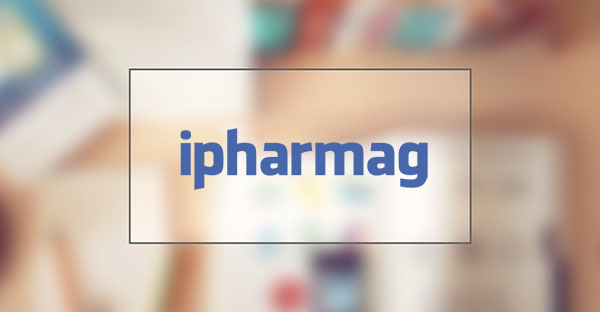After a top UnitedHealth Group executive was gunned down in New York City in December, the company’s risk intelligence team combed the internet for new threats. It didn’t take long to find them. The night of the shooting, a chilling entry appeared at the bottom of another executive’s LinkedIn post:
“You’re next.”
The following morning, Minnetonka police interviewed that executive at the company’s office in the otherwise sleepy, snow-covered Minneapolis suburb. It was the beginning of an exhausting, at times nerve-wracking, cycle. Over the next two months, officers were called to UnitedHealth’s sprawling campus almost daily — over 100 times, more than they’d visited in the preceding two years. Mostly they were there to keep watch, but also to respond to threats.
Continue to STAT+ to read the full story…
After a top UnitedHealth Group executive was gunned down in New York City in December, the company’s risk intelligence team combed the internet for new threats. It didn’t take long to find them. The night of the shooting, a chilling entry appeared at the bottom of another executive’s LinkedIn post:
“You’re next.”
The following morning, Minnetonka police interviewed that executive at the company’s office in the otherwise sleepy, snow-covered Minneapolis suburb. It was the beginning of an exhausting, at times nerve-wracking, cycle. Over the next two months, officers were called to UnitedHealth’s sprawling campus almost daily — over 100 times, more than they’d visited in the preceding two years. Mostly they were there to keep watch, but also to respond to threats.
Continue to STAT+ to read the full story…

